The vision of a world where everyone has access to shoes is a really positive one. That’s where Toms started.
Blake Mycoskie founded Toms in 2006. He quickly became an advocate for integrating social good with entrepreneurship, and Toms became pioneers of the “Buy-one-give-one” model.
Where things started to go wrong was the implementation and delivery. The lack of consultation with those that would supposedly benefit from this idealized movement. Toms have adapted over the years and it's encouraging to see them consulting more with the communities they are intending to support.
My own journey was in fact partly inspired by Toms having read “Do something that matters.”
Where the impact model was flawed
Toms garnered most of their early popularity and attention through their flashy marketing campaigns and single focus on their giving aspect.
As they grew, common questions around the sustainability and ethics of their manufacturing, the impact their giving model had on local industries, and even the sustainability of gifting millions of pairs of shoes began to be raised. Cutting to the very core of what actually happened to all of those shoes, and did giving them away actually make a difference to people’s lives?
Toms has admitted that giving is really hard at the global scale. The company has reported donating more than 95 million pairs, which would have been an entire logistical operation in itself.
Where the business model didn’t work
With growth slowing in 2014, 50% of the company including voting rights was sold to Bain Capital, the company was valued at $625 million. Struggling to return to profitability, creditors took control of the debt-laden company in December 2019.
Copycat brands had emerged making similar shoes or implementing similar donation models. Like many businesses, retail accounts suffered as a result of the pandemic.
Where Toms are now
Toms has had a dramatic overhaul in recent years, completely moving away from the donation model it helped pioneer. In 2021 it officially launched its “evolved giving model” donating ⅓ of its profits to grassroots social impact campaigns focused on mental health, access to opportunity, and ending gun violence.
In 2021 the company claims to have donated more than $2 million to charities.

In the absence of perfection there is certainly progress. Toms lists its tier 1 suppliers and publishes their supplier code of conduct. You can see they have made efforts to include more sustainable inputs to their products range including:
- Currently, 4% of their total footwear line uses organic cotton, up from 1% in 2020.
- Between 2020 and 2021, they expanded their earthwise™ collection from 15% of their total footwear line to 20%.
They have also created an advisory council to help guide their grant making process through a DEIA lens and appear to be making progress around racism within their organization.
What we can learn
It is deeply problematic that purchasing a pair of shoes can give anyone a feeling that they are curing a problem or addressing a social issue, and this was fundamentally the problem with Toms.
Regardless and as I have often commented, building a business or an impact organisation is hard. Doing both is even more difficult and you are often criticised both on your business acumen and the impact you are trying to make.
While Toms has got a lot wrong over the years, they also got a lot right. They created a product that was loved and however fraught some of their impact and business models were, inspired a generation to even consider what social entrepreneurship might look like.
As I myself have experienced, all businesses and impact models need to change as they evolve and it’s evident that Toms is doing just that. Whether all these changes will result in a company that produces profits and substantial social impact remains to be seen, but I certainly hope so.
References:
Book - Clothing Poverty
Toms website
Article -What Ever Happened to Toms Shoes?
Samantha Jones
Samantha is the CEO and Founder of Little Yellow Bird and is an advocate for sustainable and ethical fashion.


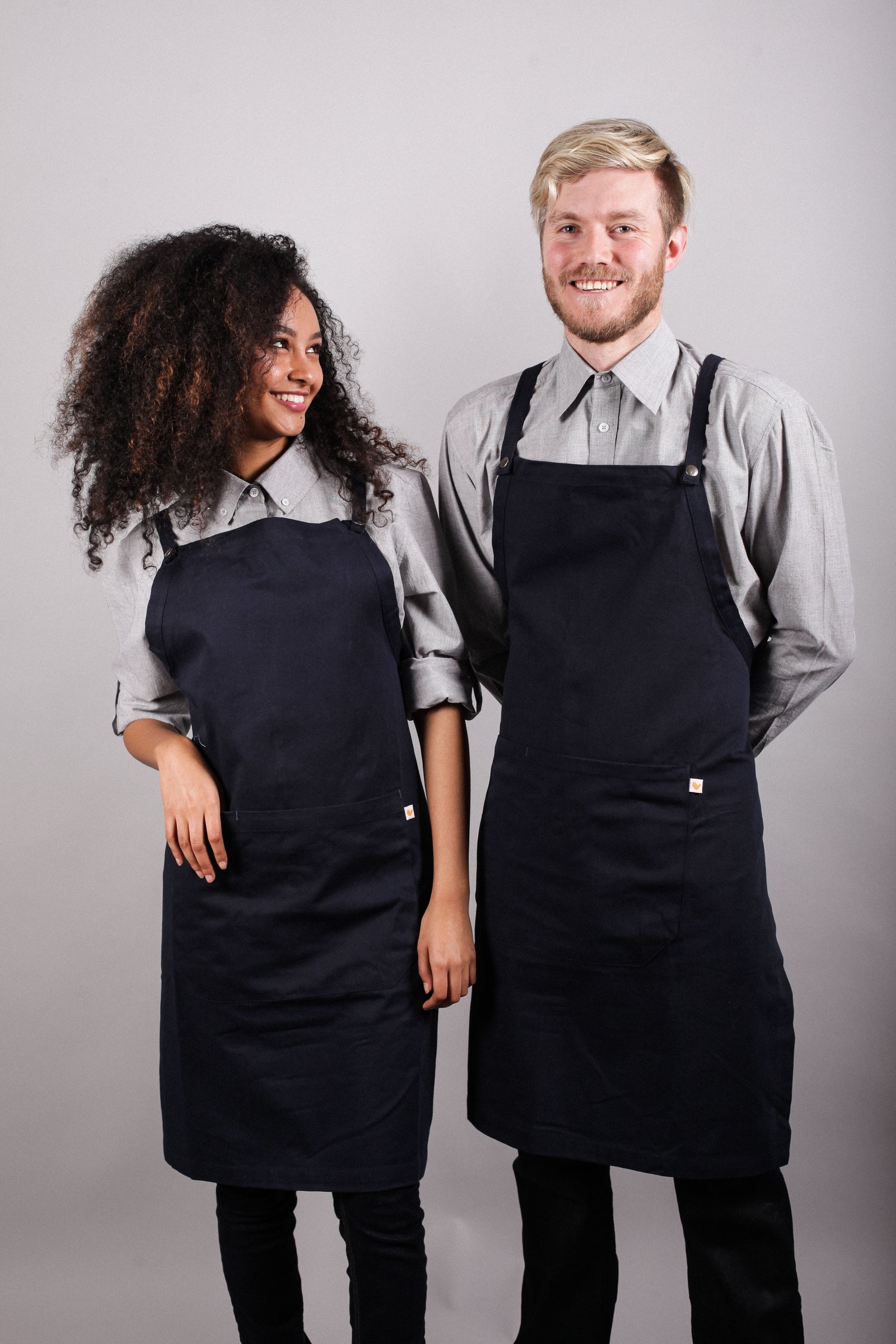
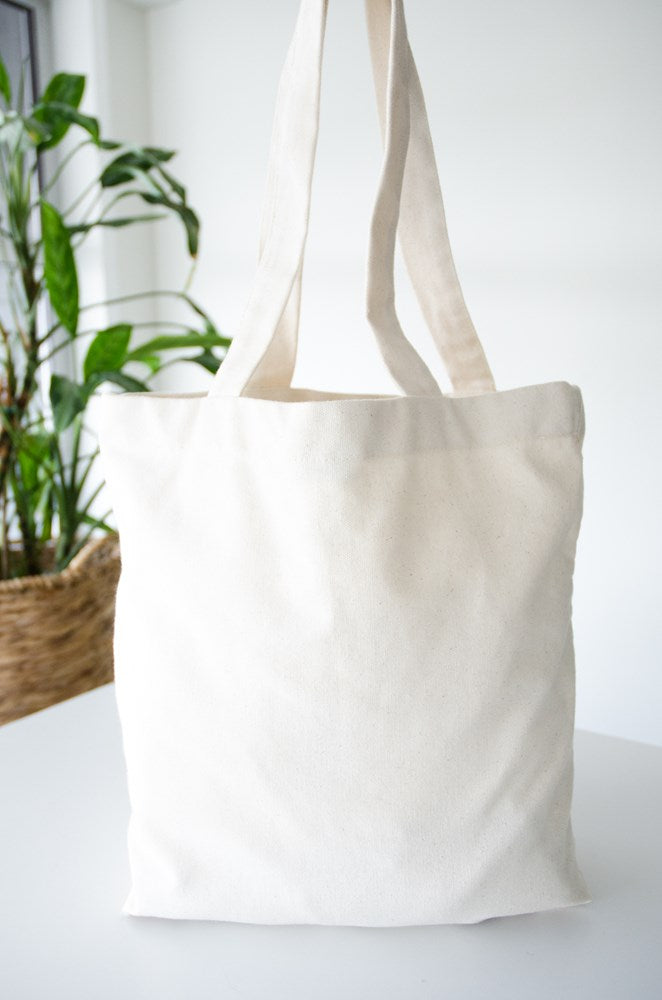
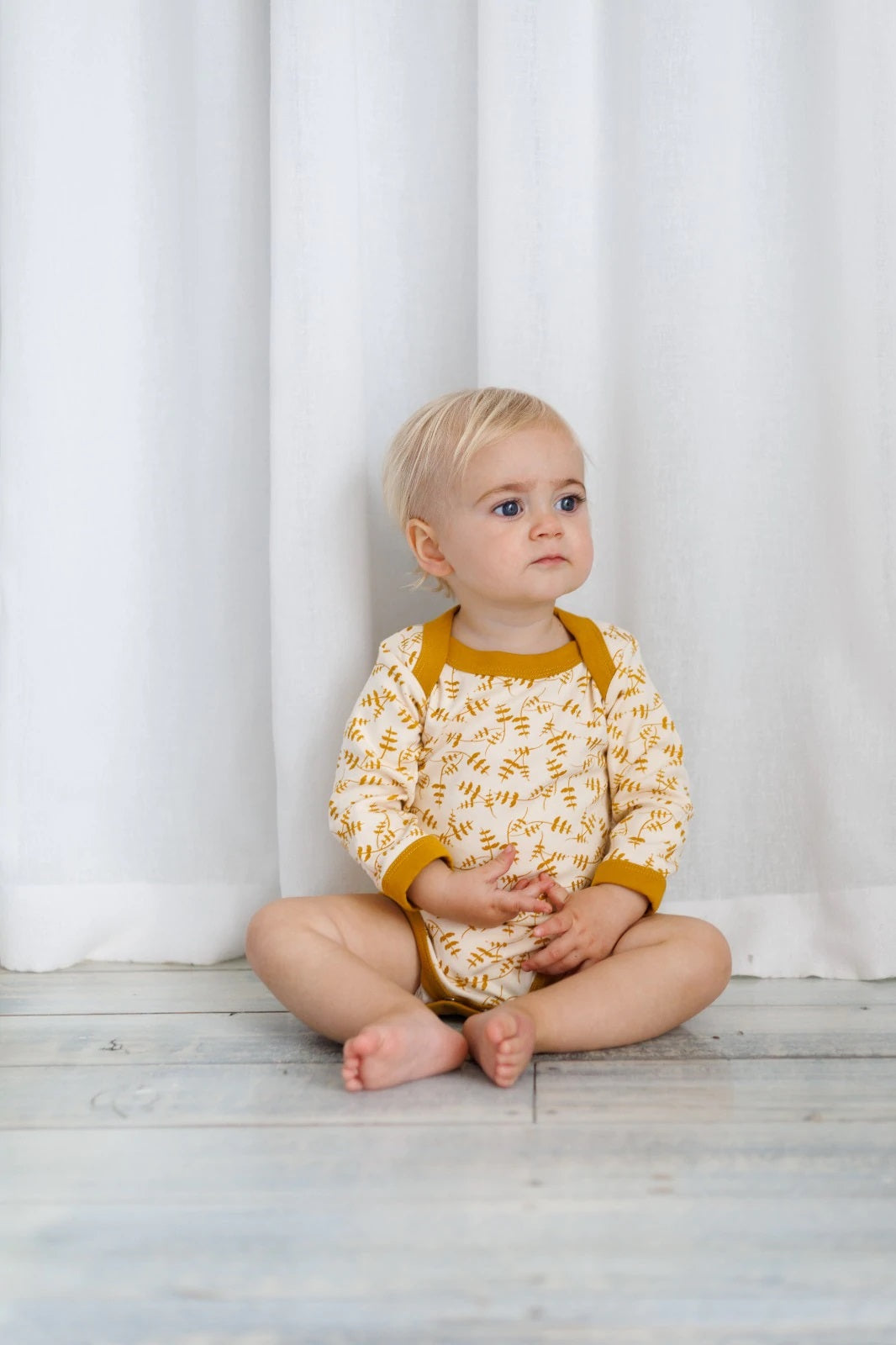

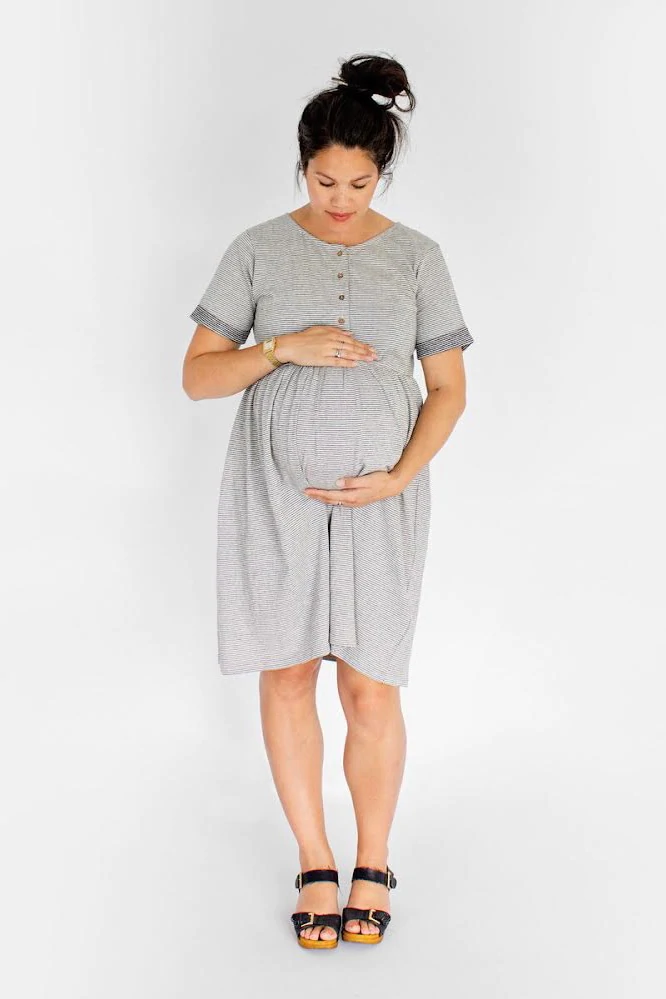
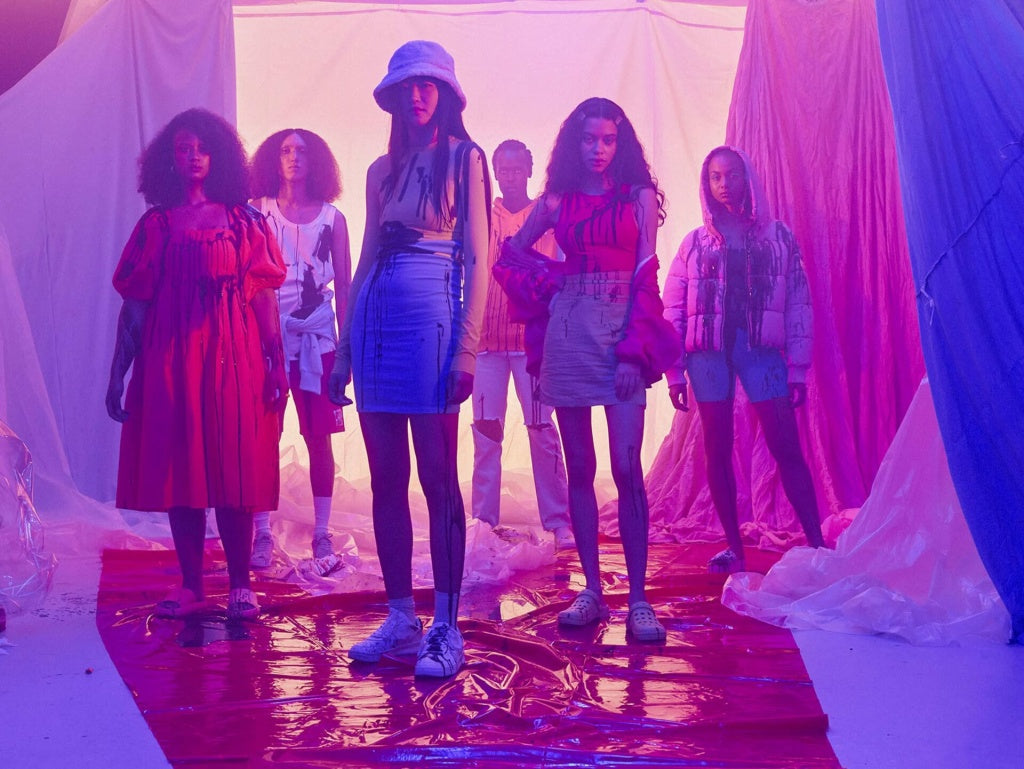
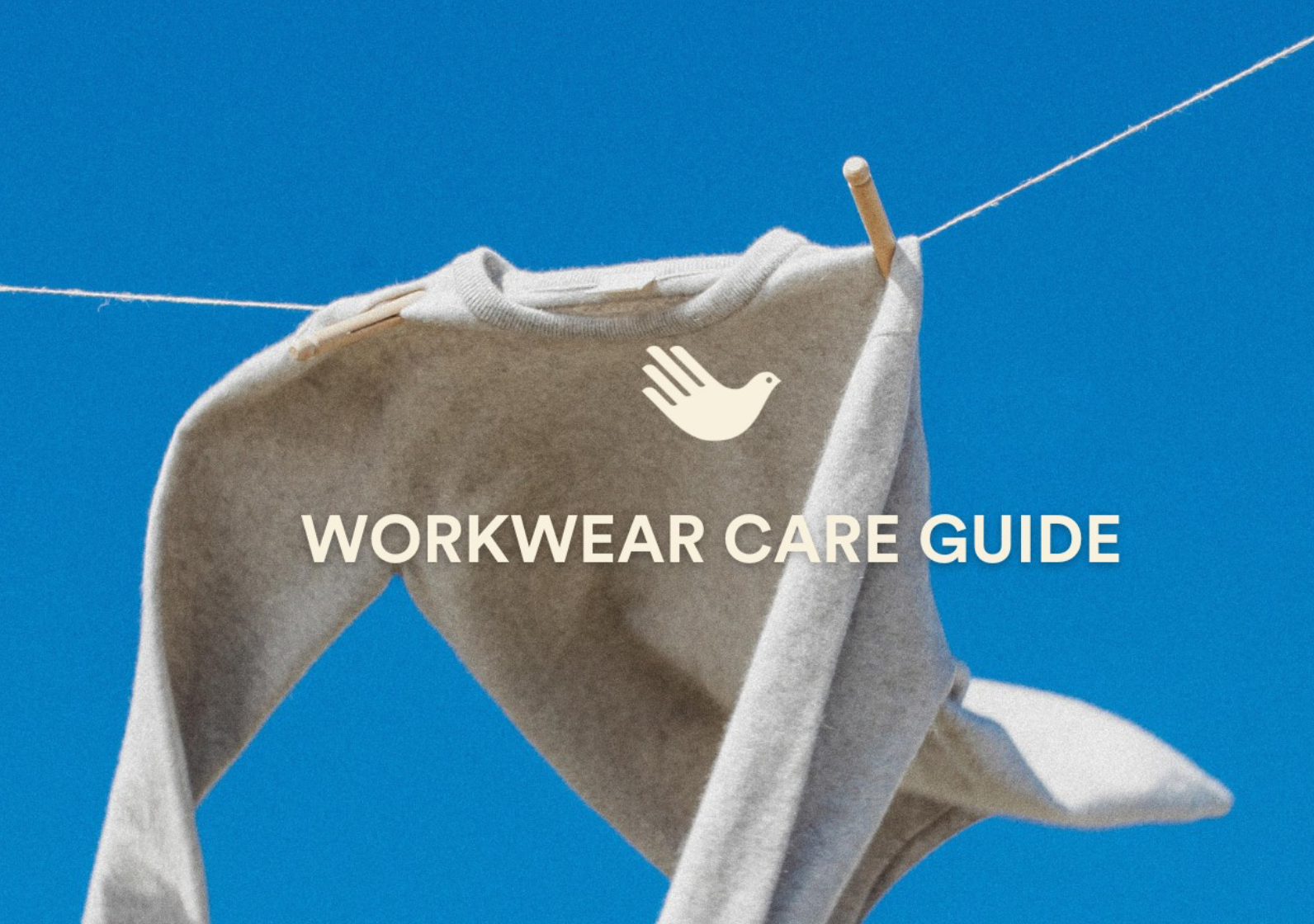
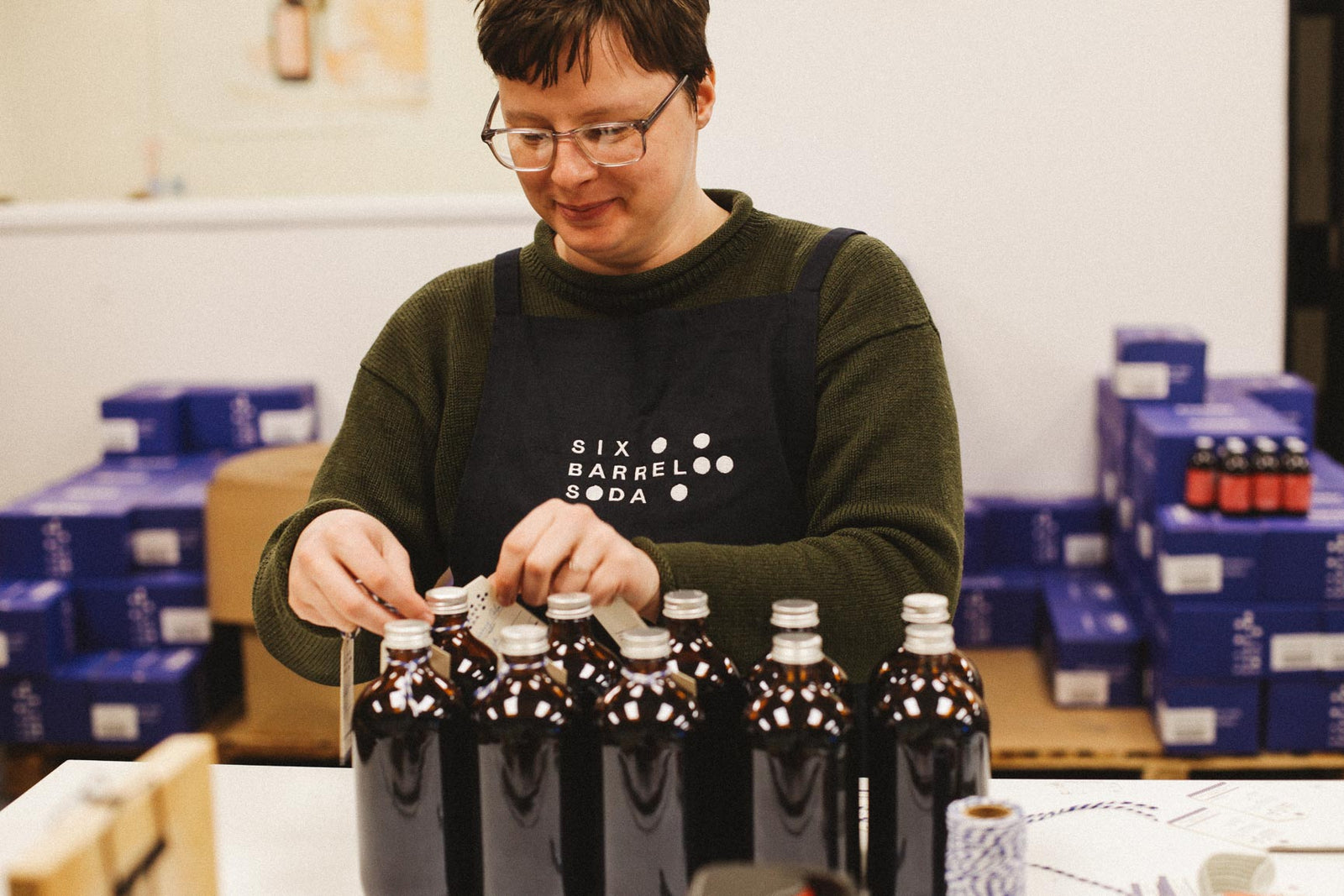
Leave a comment (all fields required)